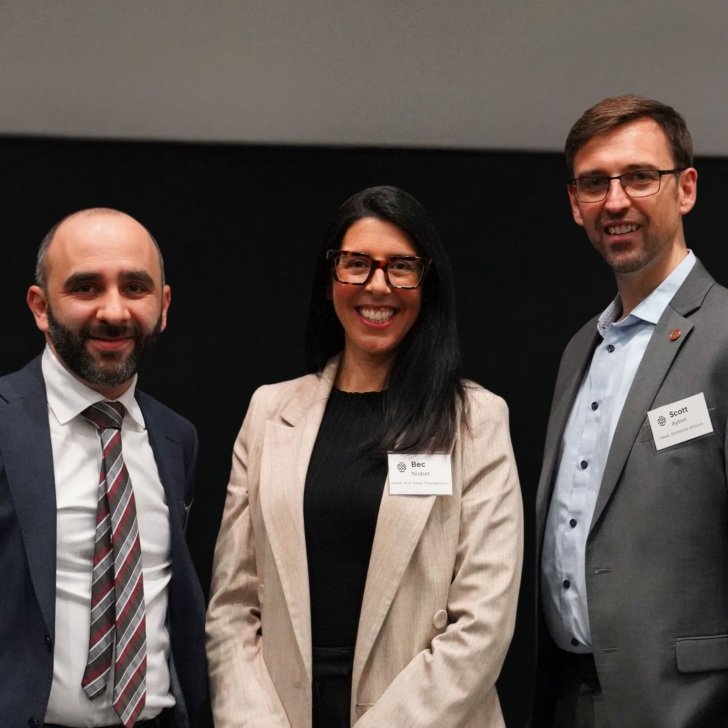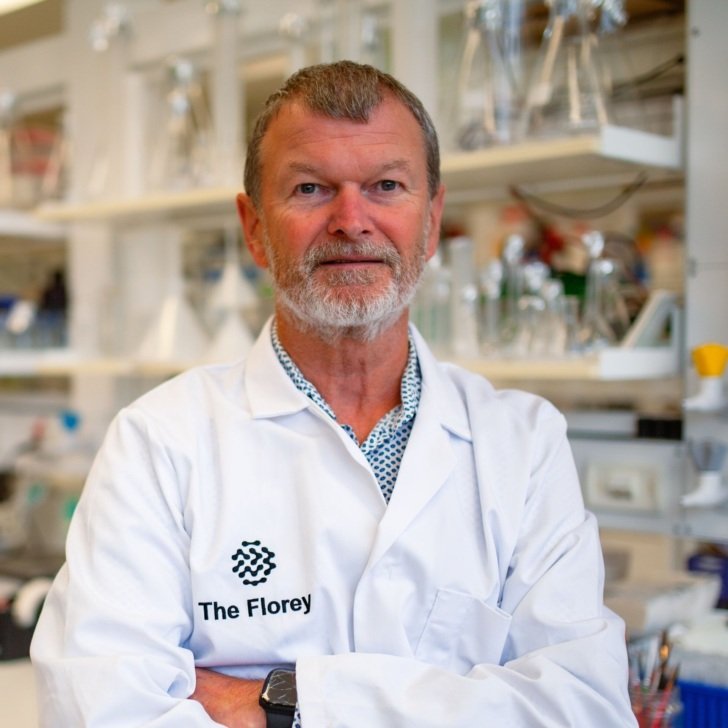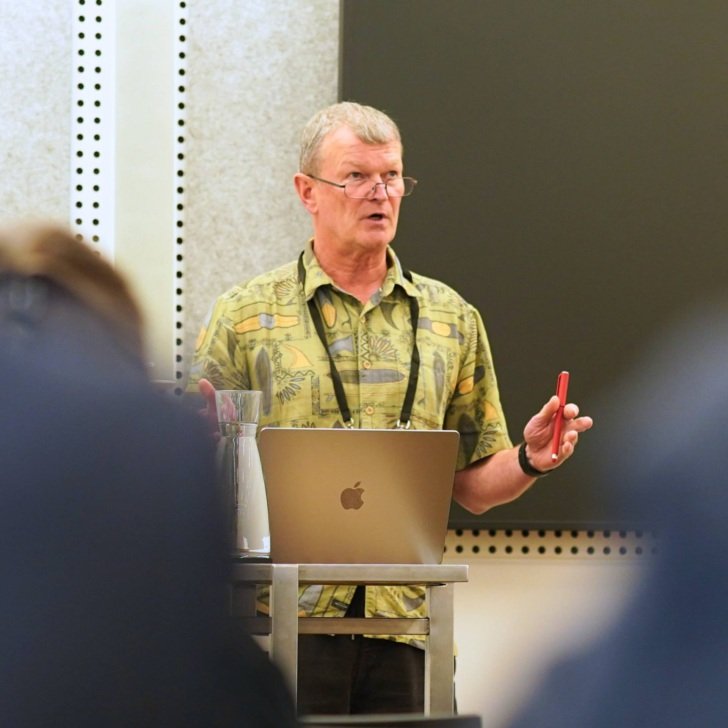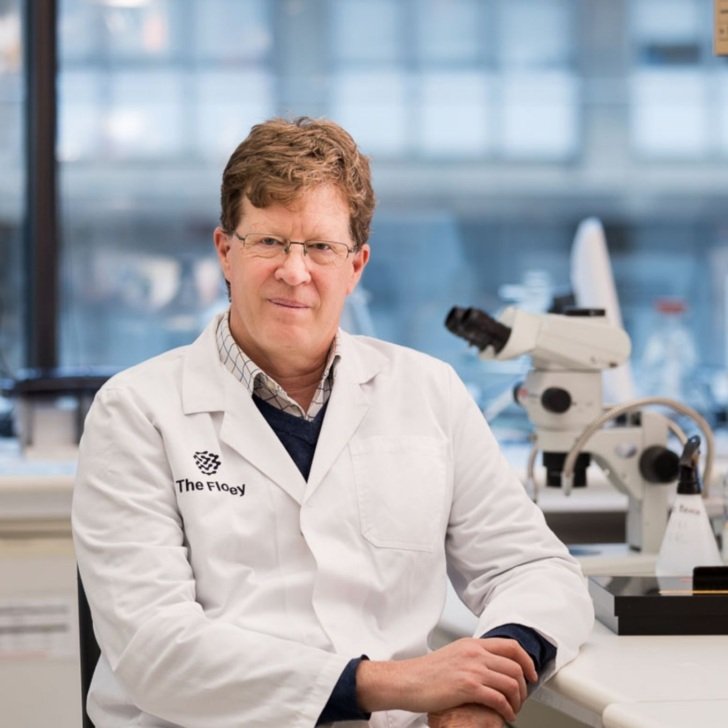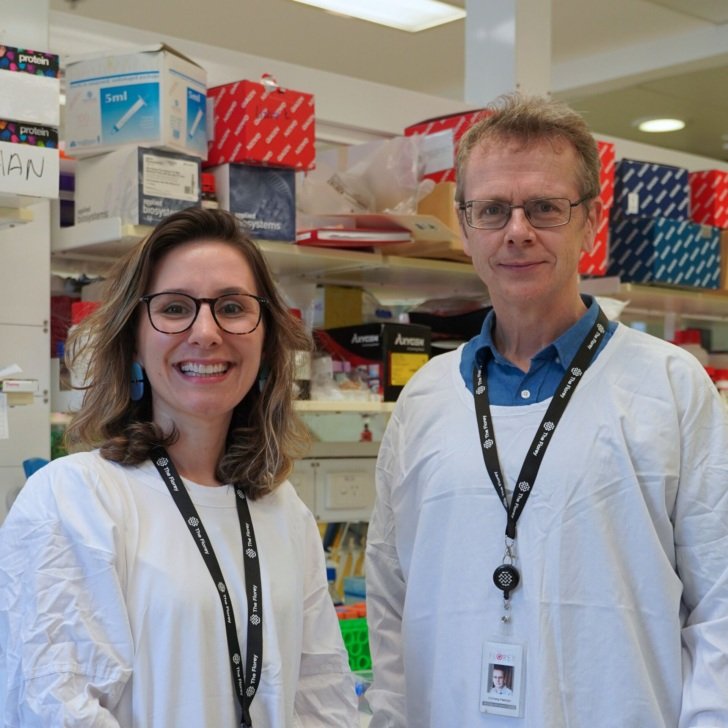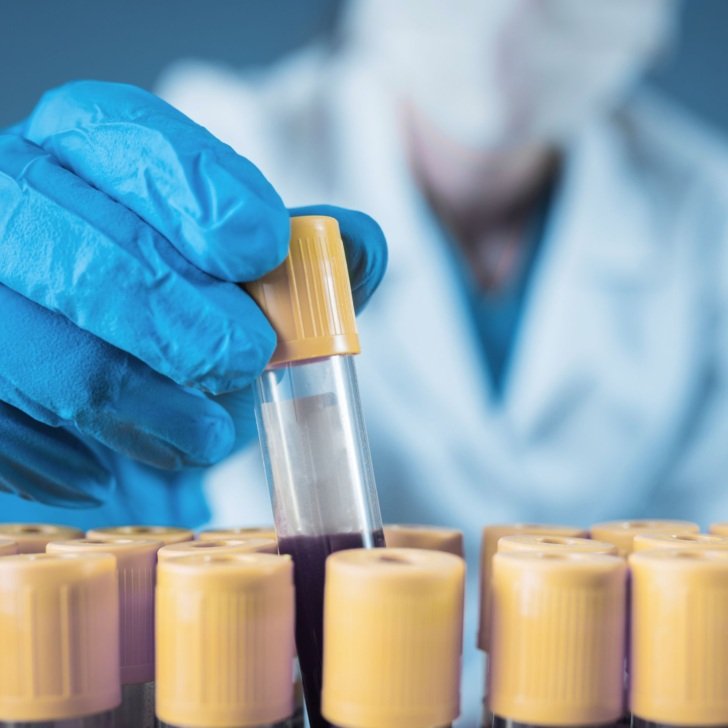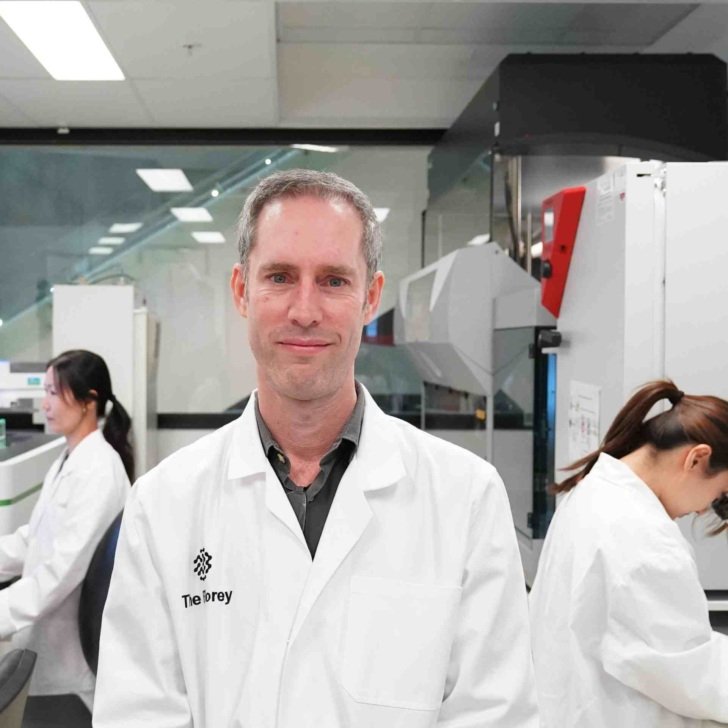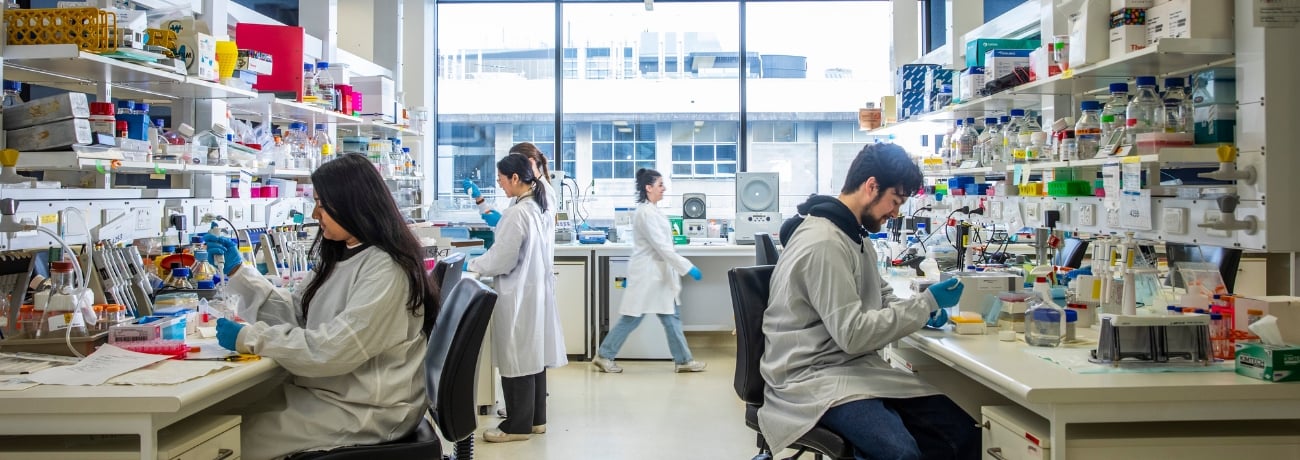- The number of people with Parkinson’s is growing and is expected to hit 10 million by 2030.
- Environmental triggers are thought to be a key factor in the dramatic rise in Parkinson’s cases.
- The Florey’s research into Parkinson’s disease includes identifying how to slow or prevent symptoms.
The world around us is rapidly changing and, in many ways, Parkinson’s disease is like ‘the canary in the coal mine’ – a warning sign of how these changes are affecting our health.
The number of people with Parkinson’s is growing rapidly, and this is thought to be related to environmental triggers like pollutants.
In 1990, 2.5 million people had the disease; by 2016 there were 6.1 million; and the number is expected to hit 10 million by 2030.
A disease more likely to occur as we age, it is most common in people over 60 but is increasing seen in younger people .
At The Florey we are studying the causes of Parkinson’s and how to slow or prevent symptoms from appearing – information that will be vital for anyone caring for older people.
Importantly, we are engaged with the Parkinson’s community to ensure that our research meets their need of improved quality of life.
What is Parkinson’s?
Parkinson’s causes progressive damage to a person’s brain and body. Symptoms vary, making it hard to diagnose. They can include:
- abnormal movement
- sleep disturbances
- constipation
- loss of the sense of smell
- anxiety
- depression
- erectile dysfunction
- changes to colour vision.
Some evidence suggests Parkinson’s can start in the gut and move to the brain, but in other cases it starts in the brain and moves to the gut.
What causes Parkinson’s?
Only 10 to 15 per cent of Parkinson’s cases are caused by a heritable gene. The rest are ‘Idiopathic’, which means we can’t put our finger on a single cause. Parkinson’s researchers believe a person’s genetic makeup alone doesn’t cause disease. It needs a trigger.
Some people appear more susceptible to certain identified triggers, including:
- air pollution
- plastic contamination of our food and drink
- industrial and farming chemicals
- the flu and COVID-19.
People react differently to their environment based on their unique genetic makeup: a situation may cause Parkinson’s in an individual and not affect another.
However, with environmental triggers increasingly prevalent, we believe this is a key factor accounting for the global and dramatic rise in Parkinson’s cases.
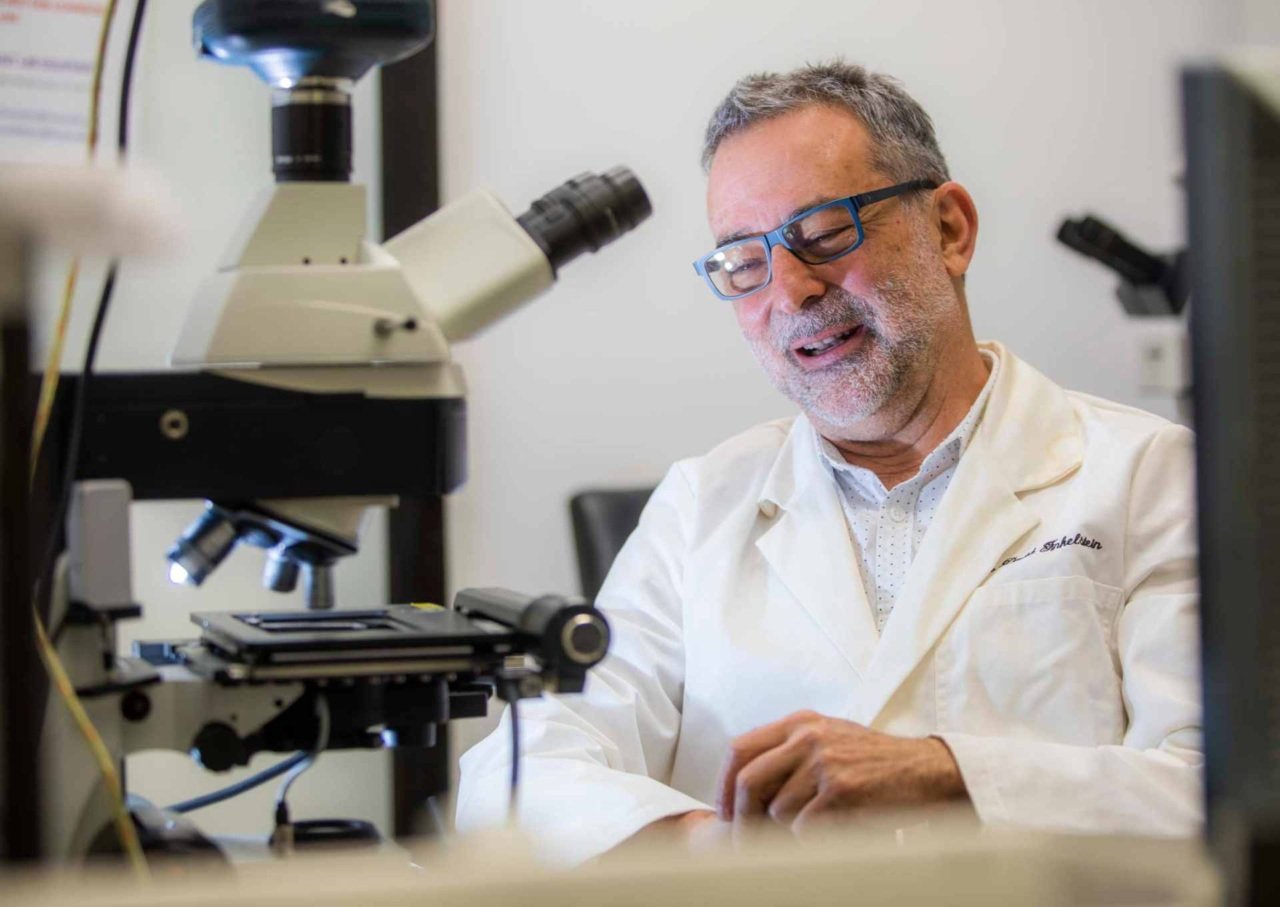
How do we diagnose Parkinson’s?
Diagnosis typically starts when a person notices a change in the way they move. Their doctor refers them to a neurologist who performs detailed examinations and orders various tests; although there are promising developments in Parkinson’s diagnosis, there are still no definitive diagnostic tests or scans.
A significant problem is that it can take several years to diagnose the condition, which is stressful and causes anxiety for patients and their families. Sadly, while waiting for a diagnosis, the person will experience irreversible damage and loss of brain cells.
We’ve also recently learned that the disease is often present for up to 20 years before diagnosis.
Trials around the world are investigating ways to prevent this early or ‘prodromal’ form of the disease becoming clinical Parkinson’s.
At The Florey, we’re also developing ways to detect Parkinson’s sooner than is currently possible. Our goal is to find ways to diagnose and treat patients in the early stages of the disease – before irreversible damage occurs.
Preventing Parkinson’s
Whatever the causes of Parkinson’s disease – genes, or genes coupled with exposure to viruses, industrial chemicals, or a polluted environment – there are steps we can take to lessen our risk of getting it. We can also reduce the risk to future generations.
Let’s start by limiting our exposure to known harmful substances, pollution and viruses. While this may take time, we have to start somewhere and, in this case, individual actions can make a difference, and protect the canary in the coal mine for generations to come.
In the meantime, scientists are working on new therapeutics to protect the brain to allow us to live longer happier lives.
Aged care providers can help too, by ensuring staff are trained in the signs of Parkinson’s – because early diagnosis is key to a better health outcome.




